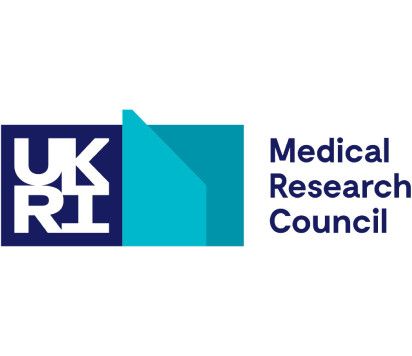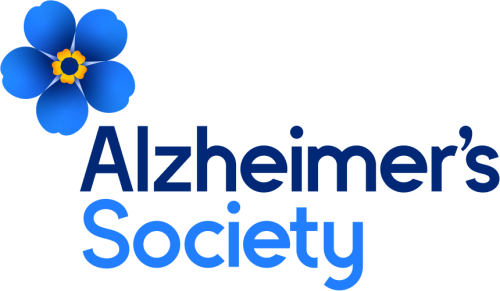BibTex format
@article{Donat:2021:brain/awaa336,
author = {Donat, C and Yanez, Lopez M and Sastre, M and Baxan, N and Goldfinger, M and Seeamber, R and Mueller, F and Davies, P and Hellyer, P and Siegkas, P and Gentleman, S and Sharp, D and Ghajari, M},
doi = {brain/awaa336},
journal = {Brain: a journal of neurology},
pages = {70--91},
title = {From biomechanics to pathology: predicting axonal injury from patterns of strain after traumatic brain injury.},
url = {http://dx.doi.org/10.1093/brain/awaa336},
volume = {144},
year = {2021}
}
RIS format (EndNote, RefMan)
TY - JOUR
AB - The relationship between biomechanical forces and neuropathology is key to understanding traumatic brain injury. White matter tracts are damaged by high shear forces during impact, resulting in axonal injury, a key determinant of long-term clinical outcomes. However, the relationship between biomechanical forces and patterns of white matter injuries, associated with persistent diffusion MRI abnormalities, is poorly understood. This limits the ability to predict the severity of head injuries and the design of appropriate protection. Our previously developed human finite element model of head injury predicted the location of post-traumatic neurodegeneration. A similar rat model now allows us to experimentally test whether strain patterns calculated by the model predicts in vivo MRI and histology changes. Using a Controlled Cortical Impact, mild and moderate injuries(1 and 2 mm) were performed. Focal and axonal injuries were quantified withvolumetric and diffusion 9.4T MRI two weeks post injury. Detailed analysis of the corpus callosum was conducted using multi-shell diffusion MRI and histopathology. Microglia and astrocyte density, including process parameters,along with white matter structural integrity and neurofilament expression were determined by quantitative immunohistochemistry. Linear mixed effects regression analyses for strain and strain rate with the employed outcome measures were used to ascertain how well immediate biomechanics could explain MRI and histology changes.The spatial pattern of mechanical strain and strain rate in the injured cortex shows good agreement with the probability maps of focal lesions derived from volumetric MRI. Diffusion metrics showed abnormalities in segments of the corpus callosum predicted to have a high strain, indicating white matter changes. The same segments also exhibited a severity-dependent increase in glia cell density, white matter thinning
AU - Donat,C
AU - Yanez,Lopez M
AU - Sastre,M
AU - Baxan,N
AU - Goldfinger,M
AU - Seeamber,R
AU - Mueller,F
AU - Davies,P
AU - Hellyer,P
AU - Siegkas,P
AU - Gentleman,S
AU - Sharp,D
AU - Ghajari,M
DO - brain/awaa336
EP - 91
PY - 2021///
SN - 0006-8950
SP - 70
TI - From biomechanics to pathology: predicting axonal injury from patterns of strain after traumatic brain injury.
T2 - Brain: a journal of neurology
UR - http://dx.doi.org/10.1093/brain/awaa336
UR - https://academic.oup.com/brain/article/144/1/70/6102820
UR - http://hdl.handle.net/10044/1/83596
VL - 144
ER -




